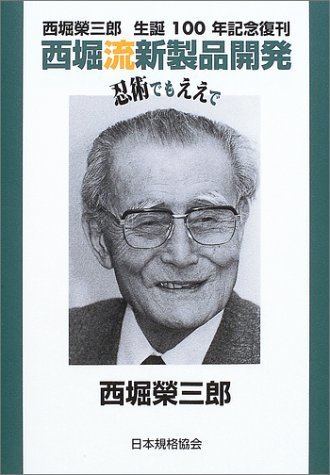Name Eizaburo Nishibori Role Scientist | Died April 13, 1989 | |
 | ||
Eizaburo Nishibori (西堀 栄三郎, Nishibori Eizaburō, January 28, 1903 – April 13, 1989) was a Japanese scientist, alpinist and technologist. And he is also known as the captain of the primary Japanese Antarctica wintering party.

Born in Kyoto. In May 1928, graduated the Faculty of Science, Kyoto Imperial University, and he stayed on as a lecturer. In 1936, received his degree.
In October 1936, moved to private enterprise, Tokyo Shibaura Engineering. In time of the chief of engineering division, he was developed the vacuum tube named "Sora" in response to the naval request. Therefore, he won the AIST prize.
After WWII, he served a company consultant independently, brought the technique of statistical quality control to the industrial world of Japan. Therefore, he won the Deming Prize and so forth. His results were set to one of the foundations of fast industrial development of Japan after the war.
After returning to Kyoto University as a professor, He successively held the captain of the Japanese Antarctica wintering party, the chairman of the Japan Mountaineering Association and so forth. Kinji Imanishi and Takeo Kuwabara were in Nishibori's mountain-climbing friends of those days. Nishibori also played the role of negotiation with the Nepal government at the time of "Manaslu-climbing" which is the first 8000 meters-classed mountain climbing in Japan.
He also backed the Japanese adventurer, Naomi Uemura, and taught how to use the observation equipment, sextant and so forth.
